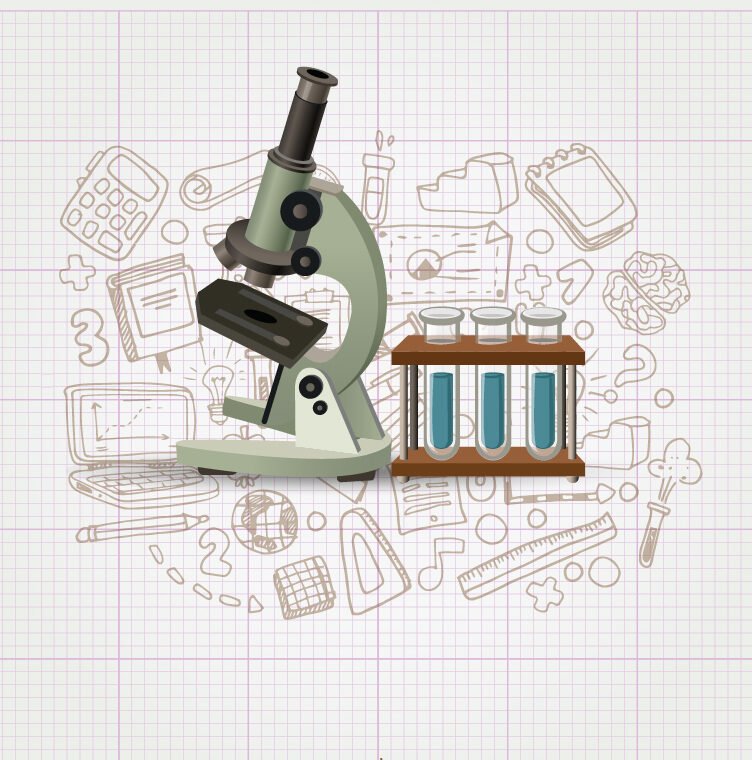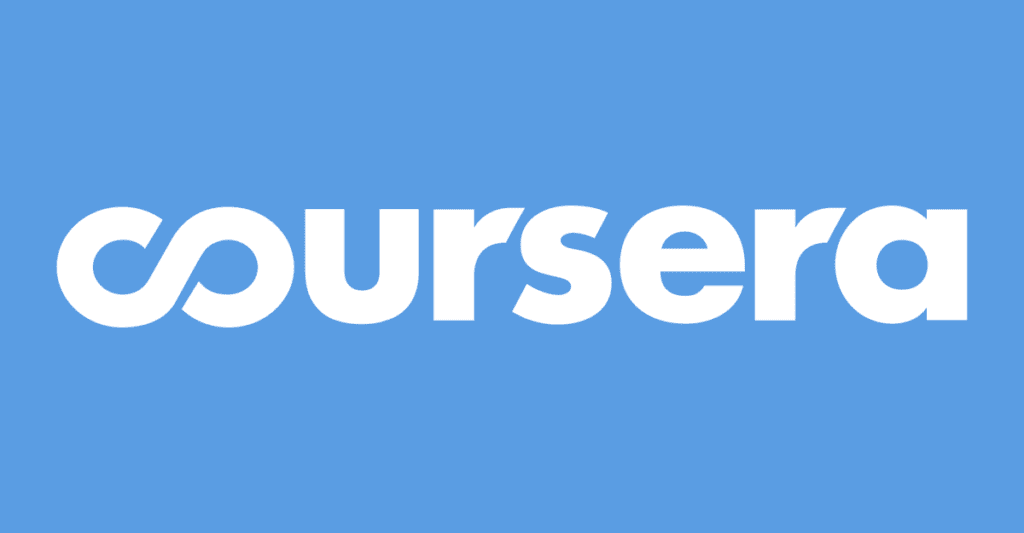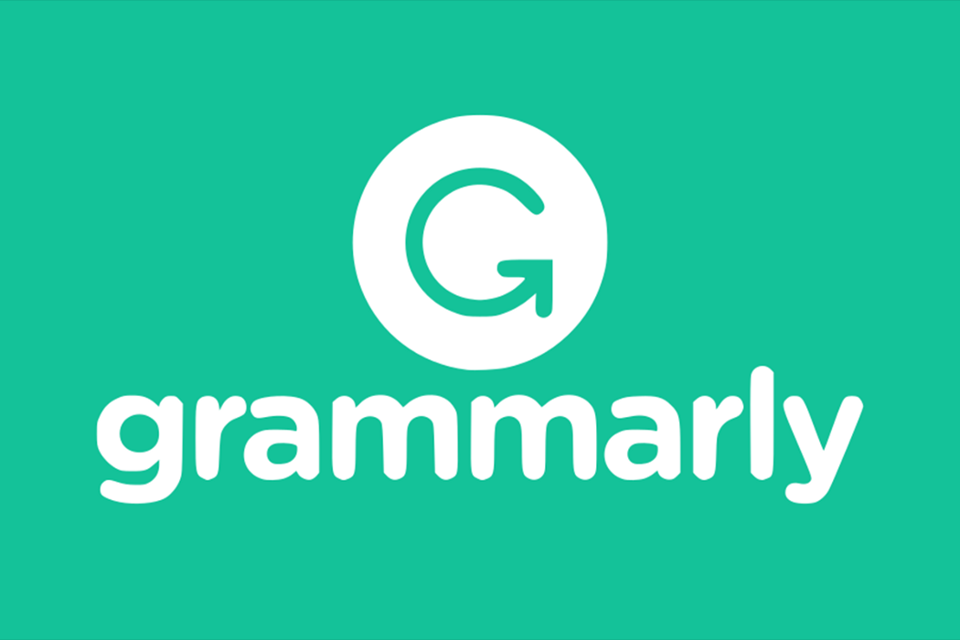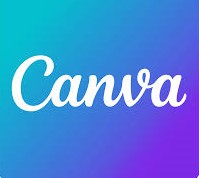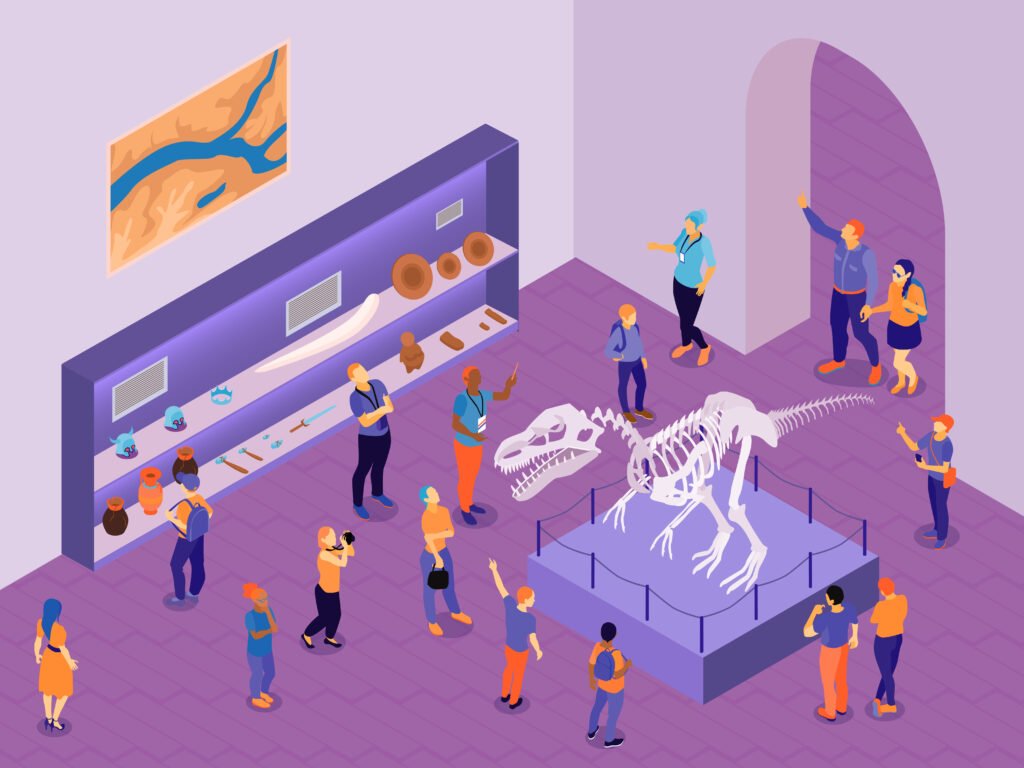The online mirror simulations on this page allow us to check in a practical way how mirrors work and how depending on their curvature (flat, concave or convex) the reflected image is different. We will discover how mirrors are classified in physics and how images are formed in a mirror.
What are mirrors
Mirrors are objects that reflect light in a specular way, which means that they keep the reflected image with high fidelity. They have been used for centuries for a variety of purposes, from decoration to scientific and technological applications.
Classification of mirrors in physics
Mirrors in physics are mainly classified according to the shape of their reflecting surface, which determines the characteristics of the image they produce and their practical applications. The main types are described below:
Plane mirror
A plane mirror has a completely smooth and flat surface. It reflects light following the law of reflection, forming virtual images, straight and of the same size as the object, but laterally inverted. This type of mirror is the most common and is used in everyday life, in bathroom mirrors, dressing rooms and basic optical devices
Concave mirror
A concave mirror has an inward curved surface, similar to the inside of a sphere. Concave mirrors can form real or virtual images, depending on the position of the object with respect to the focus and the center of curvature. They have the ability to concentrate light at a focal point, so they are used in telescopes, reflectors, lamps and some makeup mirrors to magnify the image.
Convex mirror
A convex mirror has an outwardly curved surface, like the outside of a sphere. This type of mirror always generates smaller, upright, virtual images with a wide field of view. They are ideal for use in vehicle mirrors, surveillance and security, as they allow large areas to be viewed from a single point.
In addition to their shape, mirrors can be classified by the material of manufacture (glass, metal, plastics with special coatings) and by their specific application (dielectric, parabolic, spherical mirrors, among others). In scientific research and engineering, there are mirrors designed for very precise tasks, such as mirrors used in lasers, fiber optics and advanced optical systems.
This variety in classification allows mirrors to be fundamental tools in physics, engineering, medicine, art and everyday life, adapting to specific needs for the control and manipulation of light.
Mirror applications
Mirrors have a wide range of practical applications. In the domestic field, they are used in dressing tables, bathrooms and as decorative elements in the home. They are also essential in the fashion industry and in photography for evaluating personal appearance and creating images.
In science and technology, mirrors play a crucial role in optical instruments such as microscopes, telescopes, periscopes and cameras. They are also used in the construction of lasers and in fiber optics to direct and reflect light through cables. Mirrors have also been the subject of artistic and cultural exploration. They have been used in art to create illusions and visual effects, and in literature and film to symbolize introspection and perception.
In summary, the online mirror simulations on this page help us in a practical way to understand how mirrors work.
Explore the exciting STEM world with our free, online simulations and accompanying companion courses! With them you'll be able to experience and learn hands-on. Take this opportunity to immerse yourself in virtual experiences while advancing your education - awaken your scientific curiosity and discover all that the STEM world has to offer!
Mirror simulations
- Principle
- Plane
- Types
- Concave
- Convex
Plane mirror principle
This simulation explains how a plane mirror works. See what happens when the gaze point of the eye changes.
Types of mirrors. Convex mirror or concave mirror
Observe in this simulation how the image is generated in a convex mirror or concave mirror and how the equation changes depending on the focal length.
- Plane
- Inversion
- Periscope
Plane mirror
This simulation illustrates how the image reflected in a plane mirror looks like. The position of the object, the observer and the mirror can be changed.
Lateral inversion
An image projected onto a vertical plane mirror undergoes a so-called lateral inversion. Explain why the letters painted on the front of an ambulance are laterally inverted.
Giants of science
“If I have seen further, it is by standing on the shoulders of giants”
Isaac Newton
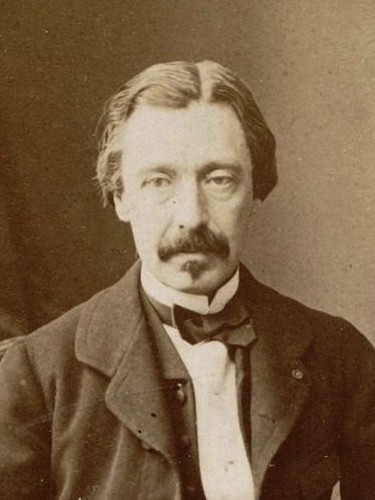
Léon Foucault
–

Michael Faraday
–
Become a giant

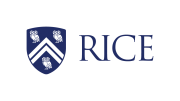
AP® Physics 1



AP® Physics 1 – Part 4: Exam Prep

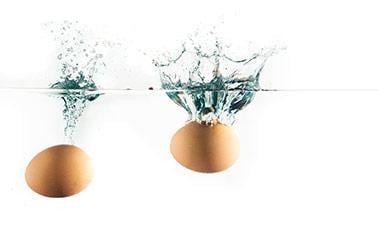

AP® Physics 1 – Part 2: Rotational Motion



Pre-University Physics

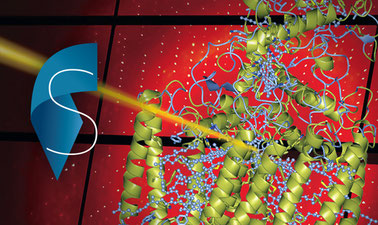
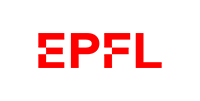
Synchrotrons and X-Ray Free Electron Lasers (part 1)

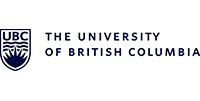
Silicon Photonics Design, Fabrication and Data Analysis


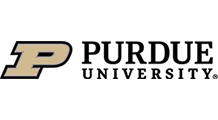
Nanophotonic Modeling



Fiber Optic Communications

